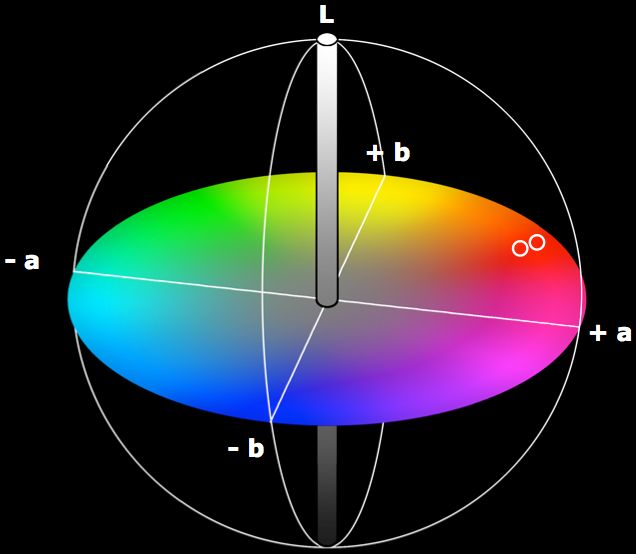Burgundy and maroon are two similar shades of deep red that are often confused with one another. Though they look quite alike, there are some key differences between these rich red hues.
Definitions
Burgundy and maroon are both dark red colors that fall between red and brown on the color wheel. However, they are defined by slightly different hue codes:
- Burgundy is defined as a dark red color with purple or raspberry tints and gets its name from the Burgundy wine of the same color produced in Burgundy, France. It is commonly described as a mixture of red and brown and has a hue code of around 330 degrees.
- Maroon is defined as being a deeper, more reddish color than burgundy. Rather than tints of purple, maroon contains hints of brown or orange. Maroon has a hue code of around 345 degrees.
Origins
The origins of these two similar shades also differ:
- Burgundy originated as a color associated with the Burgundy wine produced in eastern France, which gets its name from the Burgundy region. The name “burgundy” for the color can be traced back to the early 15th century.
- Maroon was named after the French word “marron” meaning chestnut. Its earliest recorded use as a color name in English was in 1789.
Uses
Both burgundy and maroon are popular fall and winter colors and are widely used in fashion. However, some key differences include:
- Burgundy is commonly used for autumnal colors and is a staple in fall fashion. It is seen in lipsticks, wines, and rich fabrics.
- Maroon is the official school color of many universities and is commonly used for uniforms and athletic team colors.
Similarities
Though they have some distinct differences, burgundy and maroon do share some similarities:
- They are both dark, reddish hues that fall in the red-purple family.
- Both are popular fall and winter colors used in fashion, home decor, etc.
- Burgundy and maroon pair well together and complement each other.
Color Comparisons
Here is a visual comparison of burgundy and maroon:
| Color | Hex Code | RGB Code | CMYK Code |
|---|---|---|---|
| Burgundy | #800020 | 128, 0, 32 | 0, 100, 75, 50 |
| Maroon | #800000 | 128, 0, 0 | 0, 100, 100, 50 |
This table demonstrates that while both colors are composed of mostly red, burgundy has more blue mixed in while maroon has no blue. Burgundy also contains a hint of purple from the blue tones.
Burgundy vs. Maroon in Design
In design, burgundy and maroon create slightly different moods:
- Burgundy has an elegant, sophisticated feel. It is commonly seen in formal settings and upscale events.
- Maroon is bold and masculine. It creates an intense, dramatic mood.
Both evoke a sense of richness and luxury. Burgundy may be seen as more refined and subtle while maroon makes more of a statement.
Burgundy vs. Maroon in Fashion
In fashion, burgundy and maroon are used in the following ways:
- Burgundy is extremely popular for autumn fashion. It is commonly seen in sweaters, jackets, shoes, handbags, and jewelry.
- Maroon is a staple color for many school and university uniforms. It is also seen in winter outerwear.
- Both colors look beautiful when combined with navy blue, forest green, camel, or grey.
Conclusion
In summary, the main differences between burgundy and maroon are:
- Burgundy has a red-purple base while maroon has a red-brown base.
- Burgundy was named after the French wine region and maroon after the French word for chestnut.
- Burgundy is associated with autumn and maroon with universities.
- Burgundy has an elegant mood while maroon is bold.
However, both are regal shades of deep red that complement one another beautifully. When used well, both burgundy and maroon can create rich, sophisticated color palettes and looks.


